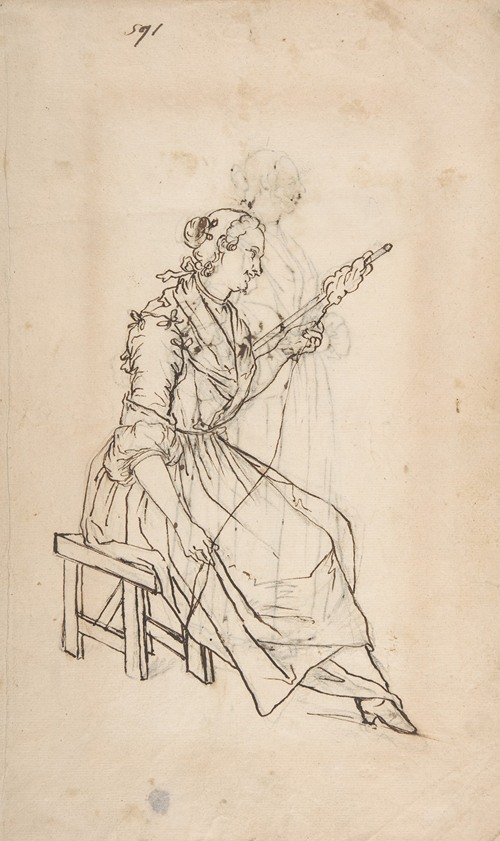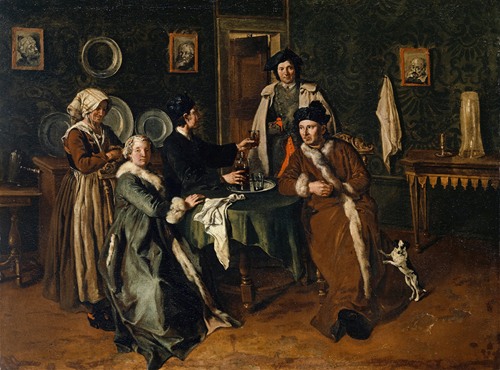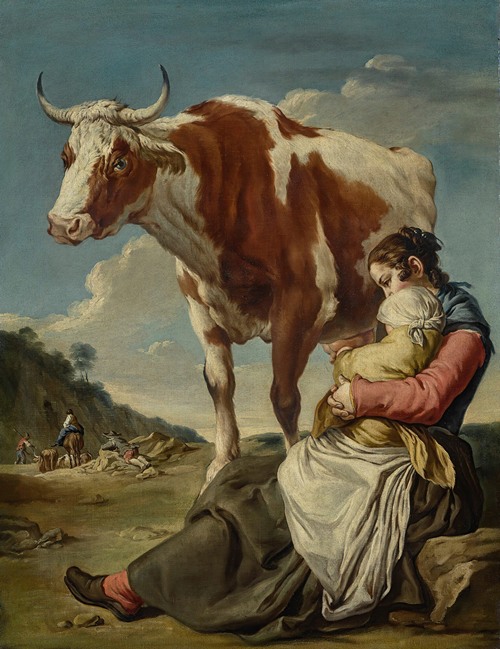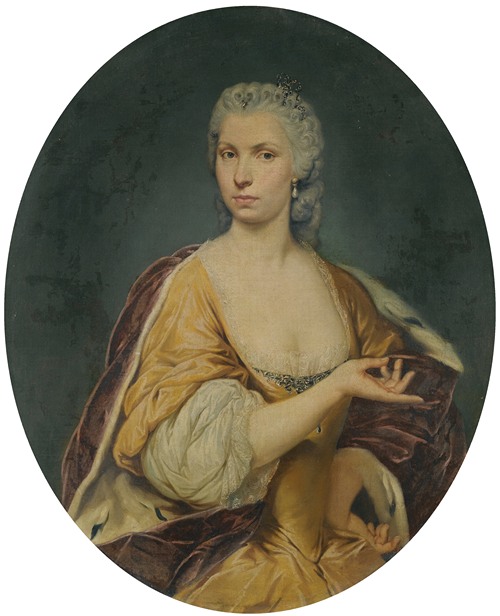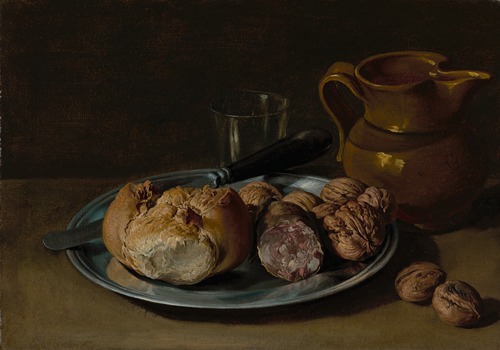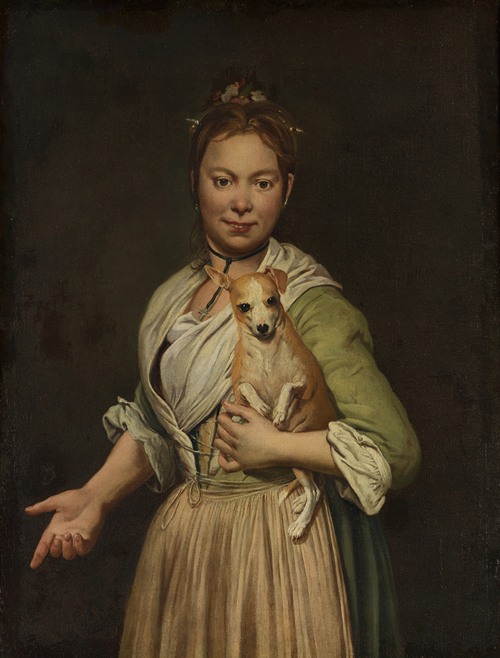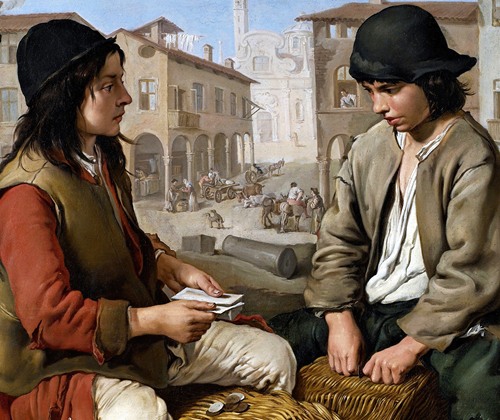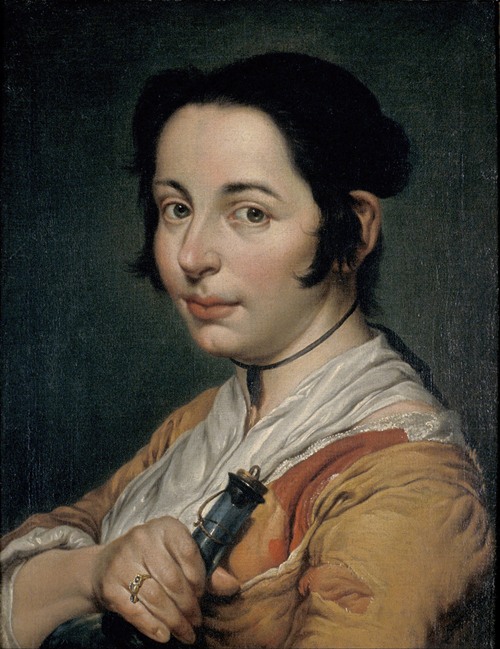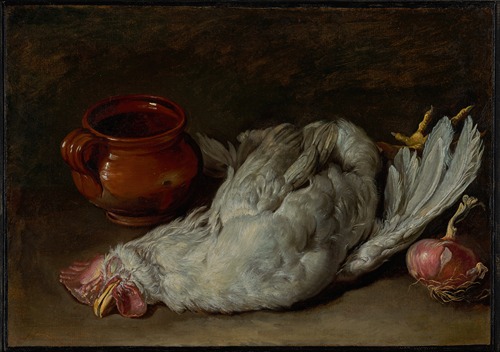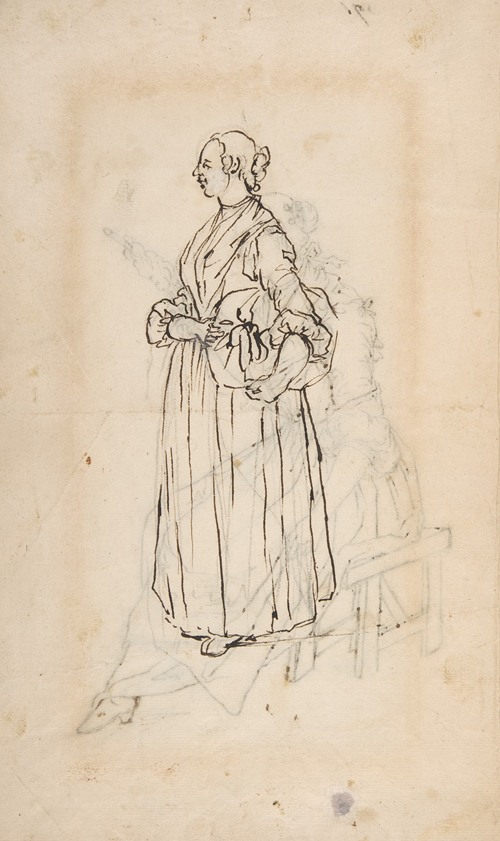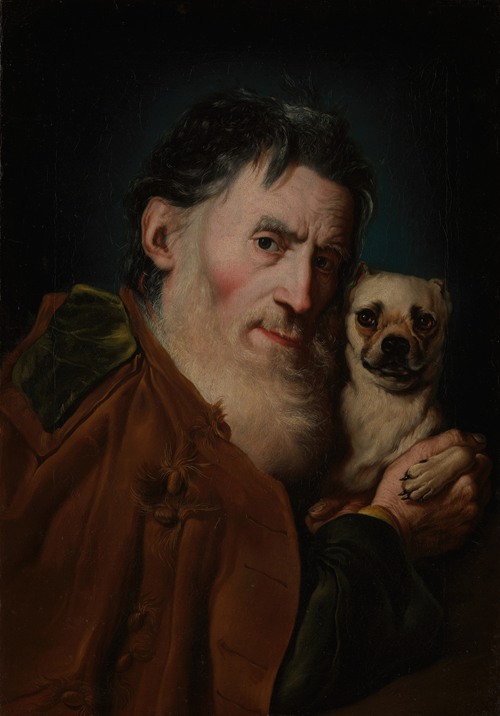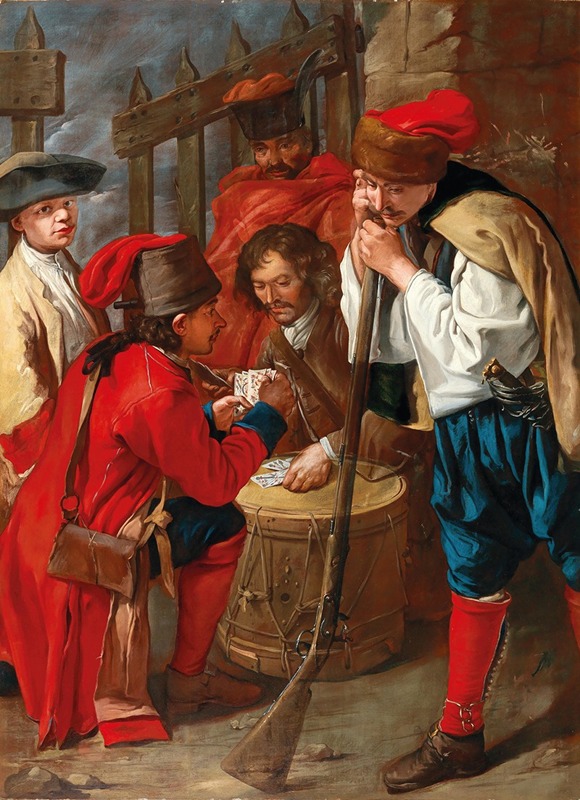
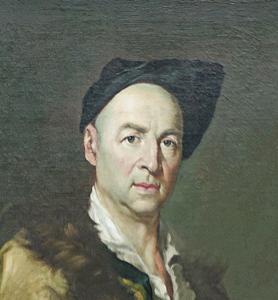
Giacomo Antonio Melchiorre Ceruti was an Italian late Baroque painter, active in Northern Italy in Milan, Brescia, and Venice. He acquired the nickname Pitocchetto (the little beggar) for his many paintings of peasants dressed in rags.
He was born in Milan, but worked primarily in Brescia. He may have been influenced early by Antonio Cifrondi and/or Giacomo Todesco (Todeschini), and received training from Carlo Ceresa. While he also painted still-life paintings and religious scenes, Ceruti is best known for his genre paintings, especially of beggars and the poor, whom he painted realistically and endowed with unusual dignity and individuality.
A characteristic painting is his Woman with a Dog which portrays a rather plain subject sympathetically and without idealization. Like most of his figures, she appears before an undifferentiated dark background; when Ceruti attempted to represent deep space, the results were frequently awkward. His landscape backgrounds resemble stage flats and are often copied from print sources, such as the engravings of Jacques Callot. The realism Ceruti brought to his genre paintings also distinguishes his portraits and still lifes, while it is less apparent in his somewhat conventional decorative paintings for churches, including frescoes for the Basilica Santa Maria Assunta of Gandino and an altarpiece for Santa Lucia in Padua. This limitation is not unique to Ceruti; the Brescian painter from the late 16th century, Giovanni Battista Moroni, was similarly known for expressive portraits, and drab religious paintings.
